
SHILLONG, APR 25: Meghalaya (India) and Bangladesh and other landlocked countries have expressed keen interest in
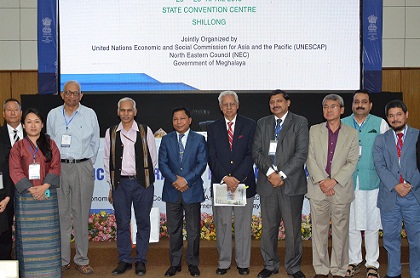
developing ‘transport corridors’ to promote trade and economic cooperation.
High Commissioner of Bangladesh in India Syed Muazzem Ali said, “The prime minister of Bangladesh has been focusing on the question of connectivity and trade between Bangladesh and neighbouring countries,” during his addressat the ‘economic cooperation dialogue in Eastern South Asia’ organized by the United Nation Economic and Social Commission for Asia and the Pacific (UNESCAP) held in the city on Monday.
Quoting a saying that one can change anything in life but one can’t change the geographic nature of a country, Ali said, “Bangladesh, Bhutan, Nepal, Myanmar and India – we are neighbours and we will remain neighbours forever.”
Stating that Bangladesh is keen to restore the connectivity that have existed with the north eastern states of India, he said, “Railways and river connectivity are considered the best as they are least expensive, most ecological and most economic viable.”
He also stressed the need for management of rivers through joint-management projects like was done by many European countries besides development and improving air connectivity.
Referring to the bus service that was introduced earlier, Ali, however, underscored the need to make the buses more user-friendly otherwise they may not be popular and, thereby, discourage people from using them.
Stating that the concept of fear and insecurity has to be overcome, he said, “This will enable us to strike a new era with mutual trust and confident for development and cooperation – decision is ours.”
“We need political will and change of mind set as there are anti-connectivity forces which are constantly raising slogans of insecurity,” he said while adding that the issue of connectivity has to have win-win formulae.
Addressing the inaugural session, Meghalaya chief minister Mukul Sangma also emphasized the need to restore the historical glory and ensure identified trade corridors have proper connectivity infrastructure.
Sangma said that the centre had come up with assistance to the states for road infrastructure in the border.
Emphasizing the need to look at crucial issues, he said, “North East is important for Bangladesh, Bhutan, Myanmar, Nepal and the region is capable of contributing to the growth of the nation.”
Stating the Meghalaya is a pioneer to start the border haats, he said, “Apart from two border haats, the state government has asked for another 22 border haats of which four have been approved.”
According to him, the borders should be look at as catalyst for growth and prosperity. He also said that there is a need to create border economic zones besides development of inland water ways.
“We must create border economic zones,” Sangma said while informing that the state government has earmarked setting up of incubation centres.
On the issue of developing inland waterways, Sangma said, “The inland waterways authority of India has proposed to develop at least 20 rivers. Out of this, four are connected to Meghalaya which include two from Indo-Bangla border to Bangladesh.”
Stating that rivers should not remain as a cause for displacement of people in view of erosion and siltation issue, the chief minister however said there is an urgency to come up with scientific solution.
Earlier, UNESCAP – SSWA head Dr Nagesh Kumar said with the landlocked countries facing accessibility constrains, UNESCAP believes that these constrain can be turned into opportunities through development of transport-corridors.
“The transport corridors can turn the landlocked region into land bridges,” he said while pointing out that the course of doing trade remains a problem partly due to poor transport linkages and facilitation of trade at the borders.
According to him, there is a need to convert these borders from dividing the people, to uniting the people.
He further stated that the dialogue is part of UNESCAP initiative to promote regional integration to foster sustainable development of different parts of South Asia besides promoting regional cooperation and integration.
Dr Kumar said UNESCAP has got special attention on social development of South East Asia, a region which is also describe as very a dynamic region but which also represent the highest concentration of poverty and hunger in the world.
It was also revealed that poverty and hunger is concentrated on the border region, despite the fact that the region of the bordering areas of South East Asia has tremendous potentials which are yet to be harnessed, he said.
He further stated that regional economic cooperation and integration is being looked upon by all across the world with attention against the backdrop of collapse of world trade.
According to him, regionalism has become a major driver and major force across the world because the world trade is not growing anymore adding this has made everybody pay attention to potential of regionalism.
The eastern part of South Asia comprising Bangladesh, Bhutan, Nepal, Myanmar and North Eastern states of India has attracted attention because of its potential for development that is being lost due to remoteness and lack of connectivity, he added.-By Our Reporter



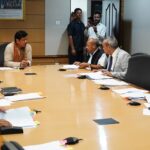






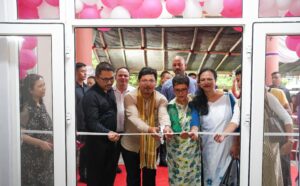

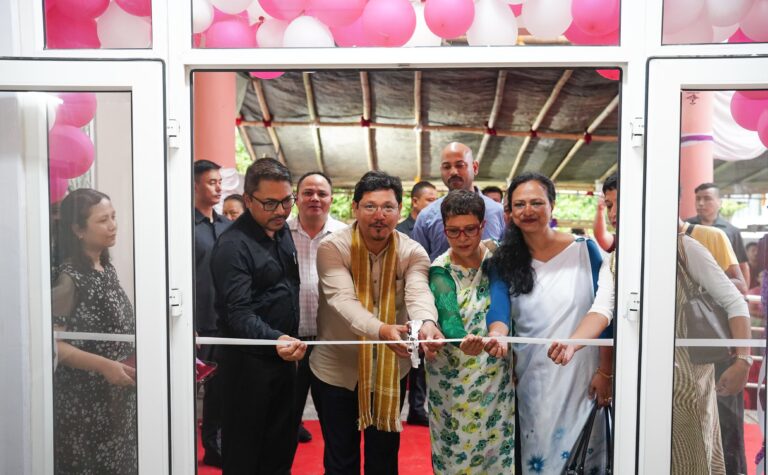
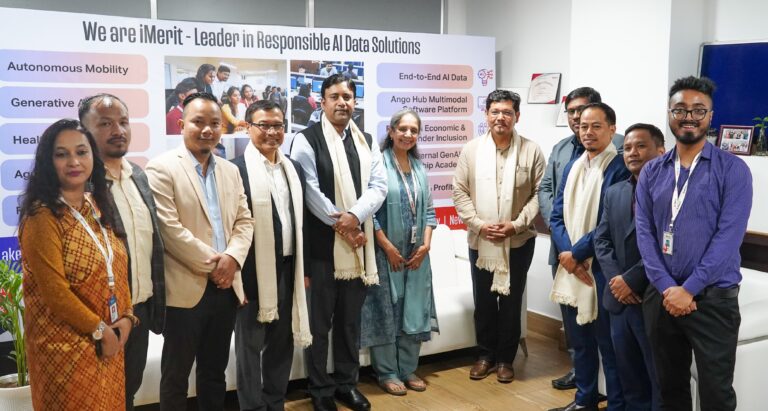
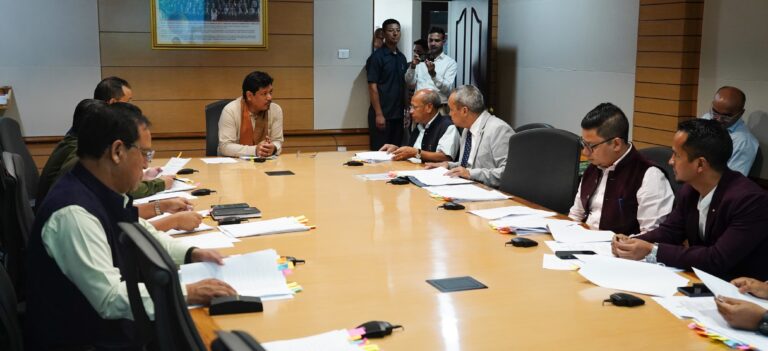

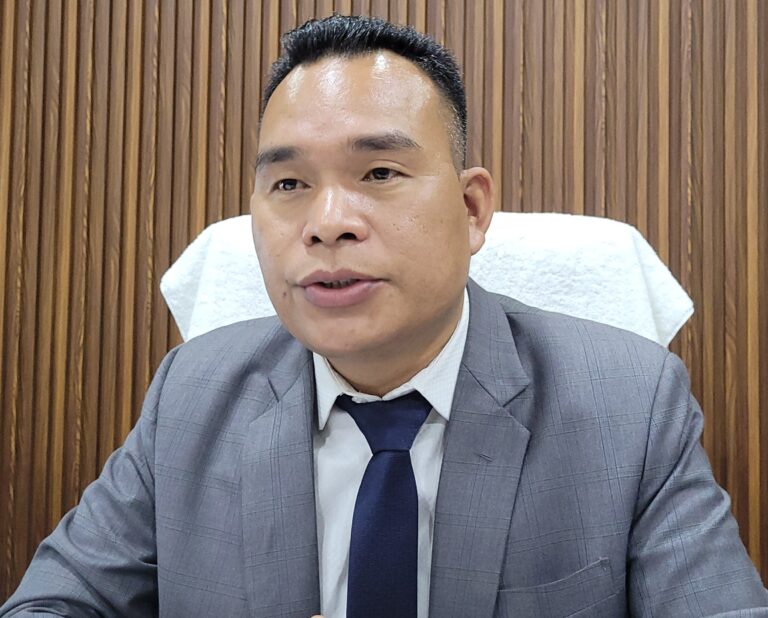



+ There are no comments
Add yours